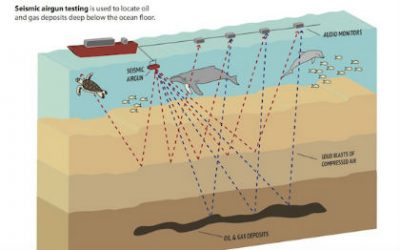All Categories
Featured
Table of Contents
43 Cfr § 3836.13 - What Are Geological, Geochemical, Or ... in Warwick Aus 2023
Much of the image includes blank areas now with little or no radar action. The "courtyard" wall is still showing highly, nevertheless, and there are continuing tips of a tough surface area in the SE corner. Time piece from 23 to 25ns. This last slice is now almost all blank, but a few of the walls are still showing strongly.
How deep are these pieces? The software application I have access to makes approximating the depth a little challenging. If, nevertheless, the top 3 pieces represent the ploughsoil, which is probably about 30cm think, I would think that each piece has to do with 10cm and we are only coming down about 80cm in total.

Thankfully for us, most of the websites we are interested in lie just listed below the plough zone, so it'll do! How does this compare to the other techniques? Comparison of the Earth Resistance information (top left), the magnetometry (bottom left), the 1517ns time slice (leading right) and the 1921ns time piece (bottom left).
Geophysical Surveys in Riverton Oz 2021
Magnetometry, as gone over above, is a passive strategy determining local variations in magnetism against a localised zero value. Magnetic vulnerability study is an active strategy: it is a procedure of how magnetic a sample of sediment could be in the presence of a magnetic field. How much soil is tested depends on the diameter of the test coil: it can be extremely little or it can be fairly big.
The sensor in this case is very little and samples a tiny sample of soil. The Bartington magnetic susceptibility meter with a big "field coil" in use at Verulamium during the course in 2013. Leading soil will be magnetically boosted compared to subsoils just due to natural oxidation and reduction.
By determining magnetic susceptibility at a relatively coarse scale, we can spot areas of human profession and middens. Sadly, we do not have access to a reputable mag sus meter, but Jarrod Burks (who assisted teach at the course in 2013) has some exceptional examples. One of which is the Wildcat website in Ohio.
Geophysical Survey - Salisbury Archaeology in Australia 2023
These towns are often set out around a central open area or plaza, such as this rebuilt example at Sunwatch, Dayton, Ohio. Sunwatch Town, Dayton, Ohio (image: Jarrod Burks). At the Wildcat website, the magnetometer survey had found a variety of features and homes. The magnetic susceptibility survey assisted, nevertheless, specify the main area of profession and midden which surrounded the more open area.
Jarrod Burks' magnetic susceptibility survey arises from the Wildcat website, Ohio. Red is high, blue is low. The strategy is therefore of terrific use in defining areas of basic occupation instead of determining specific functions.
Geophysical surveying is an applied branch of geophysics, which utilizes seismic, gravitational, magnetic, electrical and electro-magnetic physical approaches at the Earth's surface to measure the physical homes of the subsurface - Airborne Geophysical Surveys Of The Lower Mississippi ... in Bassendean Australia 2022. Geophysical surveying methods normally measure these geophysical properties in addition to anomalies in order to examine numerous subsurface conditions such as the existence of groundwater, bedrock, minerals, oil and gas, geothermal resources, voids and cavities, and far more.
Table of Contents
Latest Posts
Greeley-evans Area 3d Geophysical Survey in Bicton Australia 2022
Airborne Geophysical Methods in Bateman Western Australia 2022
Integrated Geophysical Surveys For The Safety in Beeliar Australia 2021
More
Latest Posts
Greeley-evans Area 3d Geophysical Survey in Bicton Australia 2022
Airborne Geophysical Methods in Bateman Western Australia 2022
Integrated Geophysical Surveys For The Safety in Beeliar Australia 2021